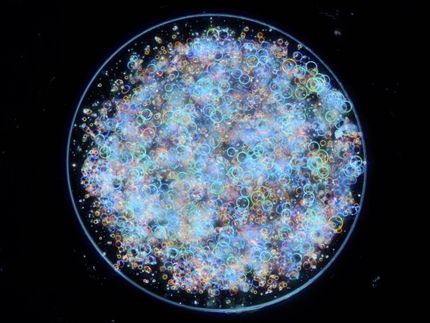Potato-powered micromotors
Advertisement
A team of scientists from the United States and China have found a natural power source for self-propelling micromotors, using enzyme rich potato tissue.
Potatoes are rich in catalase, an enzyme commonly used in self-propelling micromotors. These are traditionally built by coating one half of a micro-pellet with a metal catalyst or enzyme which, when placed in a solution of hydrogen peroxide, catalyses oxygen production to form asymmetric streams of bubbles that propel the pellet through the liquid.
The scientists mimicked a traditional micromotor by coating one half of a 2 x 1 mm potato cylinder with epoxy creating an asymmetric distribution of catalase. The catalase in the exposed potato tissue catalysed bubble production and propelled the potato pellet at speeds of up to 5.12 mm per second.
Self-propelled micromotors have potential applications in environmental remediation, including pesticide and nerve agent decontamination, where bubble-powered motors could be used to capture and destroy contaminants. The major advantage of these potato-powered motors is that they use catalase in its natural and highly stable form, avoiding expensive purification procedures. At current prices, over 500, 000 potato motors can be made for only one US dollar.
Most read news
Original publication
Organizations
Other news from the department science

Get the chemical industry in your inbox
By submitting this form you agree that LUMITOS AG will send you the newsletter(s) selected above by email. Your data will not be passed on to third parties. Your data will be stored and processed in accordance with our data protection regulations. LUMITOS may contact you by email for the purpose of advertising or market and opinion surveys. You can revoke your consent at any time without giving reasons to LUMITOS AG, Ernst-Augustin-Str. 2, 12489 Berlin, Germany or by e-mail at revoke@lumitos.com with effect for the future. In addition, each email contains a link to unsubscribe from the corresponding newsletter.

































































